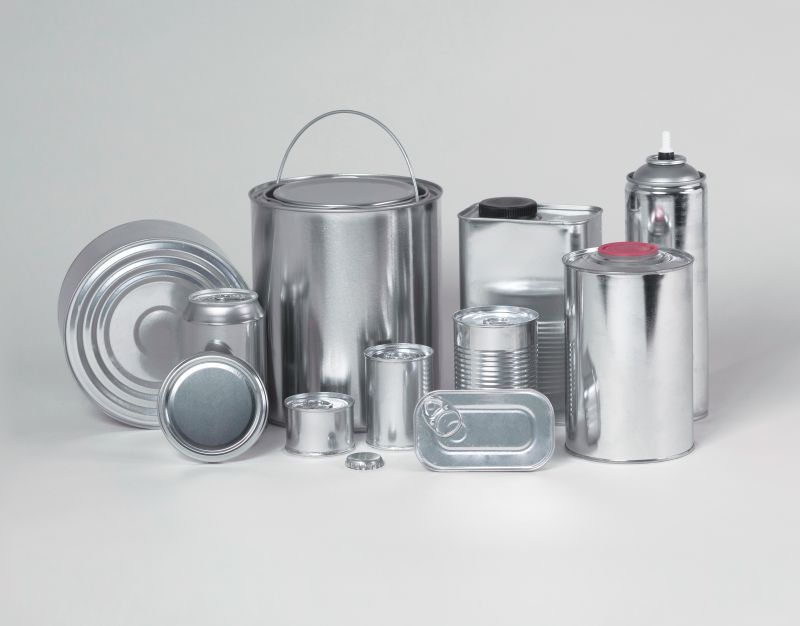- This topic is empty.
-
AuthorPosts
-
09/06/2025 at 16:41 #3199
Tinplate boxes are becoming the go-to choose for businesses seeking durable, attractive, and highly protective packaging. Known for their excellent opacity, strong sealing, formability, and compatibility with various products, tinplate packaging dominates many industries—especially food and beverages, where it accounts for up to 70% of use. It’s also widely applied in chemicals, pharmaceuticals, hardware, and more.

But what really determines the cost when customizing tinplate boxes? Let’s explore the six major cost drivers you should know:
1. Raw Material Prices
The base cost of tinplate (also called tin-plated steel) plays a crucial role. Market fluctuations in tinplate pricing directly impact overall manufacturing expenses.
2. Tinplate Thickness
Different box sizes and designs require different material thickness. Larger boxes or those made with stretching processes need thicker tinplate to avoid cracking or defects, increasing material costs.
3. Production Process Complexity
The more complex the production (such as embossed or multi-part boxes), the more time and labor it requires—leading to higher manufacturing costs. Simpler shapes like round tins typically cost less due to easier fabrication.

4. Printing Requirements
Intricate or multicolor printing raises the cost. Custom artwork, special finishes, or precision color matching all add to the printing workload and expenses.
5. Box Size and Dimensions
Larger boxes require more material and usually cost more. Even under the same design and printing conditions, increased size leads to higher material consumption and transportation costs.
6. Order Quantity
Economies of scale apply: the more units you order, the lower the cost per unit. Mass production significantly reduces average cost, while small-batch customization may be relatively expensive.
Other Influences
Don’t forget additional costs such as transportation, packaging, or customized accessories like handles, dividers, or inner trays. These extras can add up quickly.
In Summary
When budgeting for custom tinplate packaging, keep in mind these six primary factors: material price, thickness, production process, printing method, size, and order volume. Evaluating all these elements will help you control costs and make smart, cost-effective packaging decisions.
Offset printing lamination technology of tinplate
http://www.jiangyinforward.com
Offset printing lamination technology of tinplate -
AuthorPosts
- You must be logged in to reply to this topic.